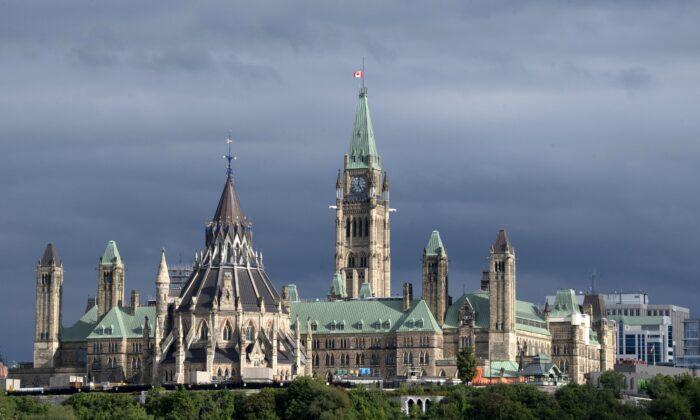Does political ideology still matter in Canada?
A popular sentiment among academics, columnists, commentators, and intellectuals in recent years is that political ideology is less important than it used to be. They obviously acknowledge differences between Conservatives, Liberals, Socialists, and others still exist. Yet they believe the race to the political centre and shifts in generational thinking have watered down the ideological underpinnings of parties, leaders, and movements.
Here’s an example.
Meanwhile, Speer discounts the “common yet false notion that party members still identify with the legacy parties—the Progressive Conservative Party and the Canadian Alliance—and that these identities are useful heuristics for understanding Conservative politics.” With respect to younger Conservatives, he wrote that “the Conservative party is their only source of political identity. … Old intra-conservative conflicts aren’t part of their political awareness. They’ve never known anything but party unity.”
When it comes to “older Conservatives [who] tend to think of the party’s supporters along a regional and ideological axis,” Speer believes “this interpretation fails to understand founding leader Stephen Harper’s key insight in establishing the Conservative party as something of an ideological party. His goal was to replace the old, regionalized anti-Liberal coalition that was mired in opposition and prone to explosive breakups with a new, durable centre-right political vehicle that could consistently compete for power.”
As one of the “older Conservatives” who’s been directly involved in this discussion for more than a quarter century, I respectfully disagree with Speer and other like-minded thinkers.
Suggestions that “a Conservative is a Conservative is a Conservative” should be the prevailing view of the party and movement are nice but ill-advised. If this were the case, you wouldn’t theoretically need to properly distinguish between leadership candidates like Poilievre (top choice of Blue Tories) and Charest (top choice of Red Tories)—or even Charest and Patrick Brown on the Red Tory side. You could simply express admiration for a kumbaya-like atmosphere in the dog-eat-dog world of politics, and promote party unity as an impenetrable force.
That’s not how the rich history of party politics has ever existed or operated, however.
Ideological purity is impossible for any leader, candidate, party member, or thinker to properly achieve. Political groups and camps exist in every party and can’t be avoided. The political winds shift as leaders, parties, and ideas come and go. Differences of opinion should always be encouraged. Intellectual discourse and spirited debate often lead to healthy exchanges and, at times, the introduction of new policy ideas and directions. When it comes to choosing a party leader, it’s important to weigh the positives and negatives for each candidate to make an informed decision (although many don’t).
Yes, the old, festering ideological wounds from the Reform/Alliance vs. PC battles have dissipated from the public consciousness. Political, philosophical, and ideological differences still exist in the Conservative Party, however. Much the same way they still exist in other right-leaning and left-leaning parties at home and abroad.
Moreover, young and old Conservatives alike still recognize that Red Toryism and Blue Toryism represent identifiable ideas, policies, and political positions. The left-right axis doesn’t disappear because the general taste for rock-ribbed ideology is slightly more stale than it used to be. The same principle exists for regional differences. Most Atlantic Canadian and Western Canadian Conservatives think differently about the role of government, public spending, free markets, and personal liberty. They openly admit this and are able to work together, which speaks to the party’s ability to find common ideological ground.
This brings us to Harper. His successful strategy of incremental conservatism established a proper balance of fiscal and social conservative policies. It appealed to party members as well as Canadians who were concerned about high taxes, big government, family values, and individual rights and freedoms. It didn’t displace the “regional and ideological axis” that Speer alluded to, but rather championed ways to transform these existing (and everlasting) differences into a constructive political platform. It’s up to Conservatives to ensure Harper’s ideological contribution is preserved and protected.
In summation, political ideology still exists, still matters, and is still an important piece of the electoral puzzle. Not just for grey-haired veterans, but future party activists and the intellectually curious.





